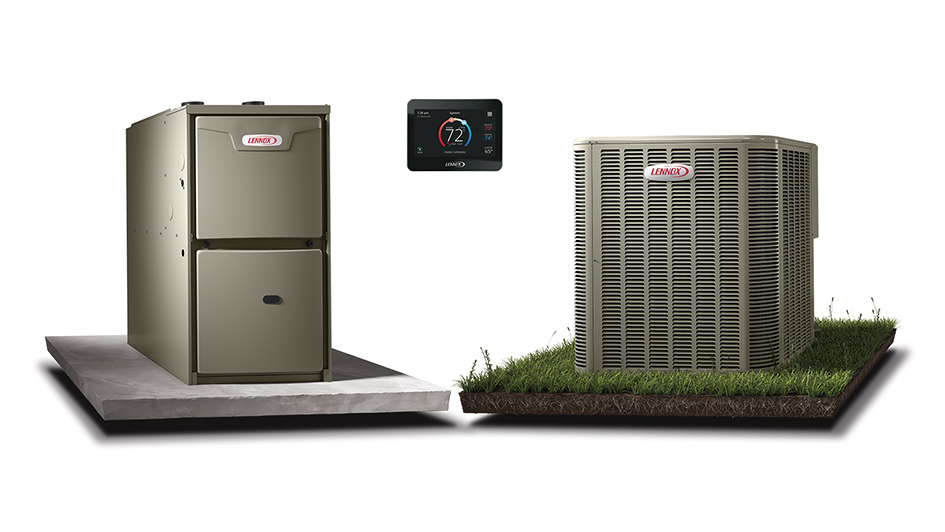
The concept of running both a furnace and heat pump might feel a bit unusual at first. After all, why should you need two heaters? Even though furnaces and heat pumps both deliver energy-efficient heat, the changes in their design genuinely make installing both of them a practical option. It’s not for all of us, but with the right conditions you can truly benefit from having a furnace and a heat pump.
You should weigh several factors in order to decide if this type of setup helps you. Your local climate and the square footage of your home are both very important, especially for the heat pump. This is because multiple models of heat pumps will run less effectively in cooler weather and large homes. That being said, you can still take advantage of heat pump installation in Pacheco.
Heat Pumps Might Be Less Efficient in Colder Weather
Heat pumps are commonly less reliable in cooler weather due to how they generate climate control to begin with. As opposed to furnaces, which ignite fuel to provide heat, a heat pump reverses its flow of refrigerant to draw heat from outdoor air. This heat is then brought inside and distributed throughout your home. As long as there is still a bit of heat energy in the air, a heat pump will function. But the colder the temperature, the less efficient this process is.
The less heat energy is accessible outside, the more time is needed for a heat pump to bring heat indoors to maintain your preferred temperature. It can depend on the type of make and model, but heat pumps generally start to lose out on efficiency at temperatures of 40 degrees and below. They should still be an energy-efficient option until 20-25 degrees, after which a gas furnace will be more effective.
What Temperatures Do Heat Pumps Run Best In?
Heat pumps manage best in temperate climates 40 degrees and up. That said, you don’t have to sacrifice the benefits of a heat pump just because your local climate is cooler. In fact, that’s why owning both a furnace and heat pump can be worth the cost. You can favor the heat pump for energy-efficient heat until the weather is cold enough to justify swapping to something like a gas furnace.
A few makes and models claim greater performance in cold weather. For example, the Lennox MLA heat pump is capable of operating at 100% capacity at 0°F. It can even remain efficient in temperatures as extreme as -22°F. For optimum energy efficiency, you’ll likely still want to swap to the furnace in especially cold weather.
So Should I Install a Heat Pump if I Have a Gas Furnace?
If you’re interested in maintaining the most energy-efficient HVAC system available, having a heat pump and gas furnace at the same time is worth the investment. Not only is a dual-heating system adaptable, but it provides other advantages like:
- Dependable backup heating – A redundant heating system means even if one stops working, you still have the ability to heat your home. It might not be the most energy efficient, but it’s better than living in an unheated home while you hold out for repairs.
- Reduced energy costs – The ability to decide which heating system you use based on the highest energy efficiency decreases your total costs. Smaller heating bills over the life span of these heating systems can really add up to a lot of savings.
- Less strain on both systems – Compared to running one system all winter long, heating resources are divided between the furnace and heat pump. Crucial parts can last longer as they’re not under continuous use.
If you’re still unsure about heat pump installation in Pacheco, don’t hesitate to reach out to your local certified technicians. They can evaluate your home’s comfort needs and help you decide if a dual-heating HVAC system is the better option.


